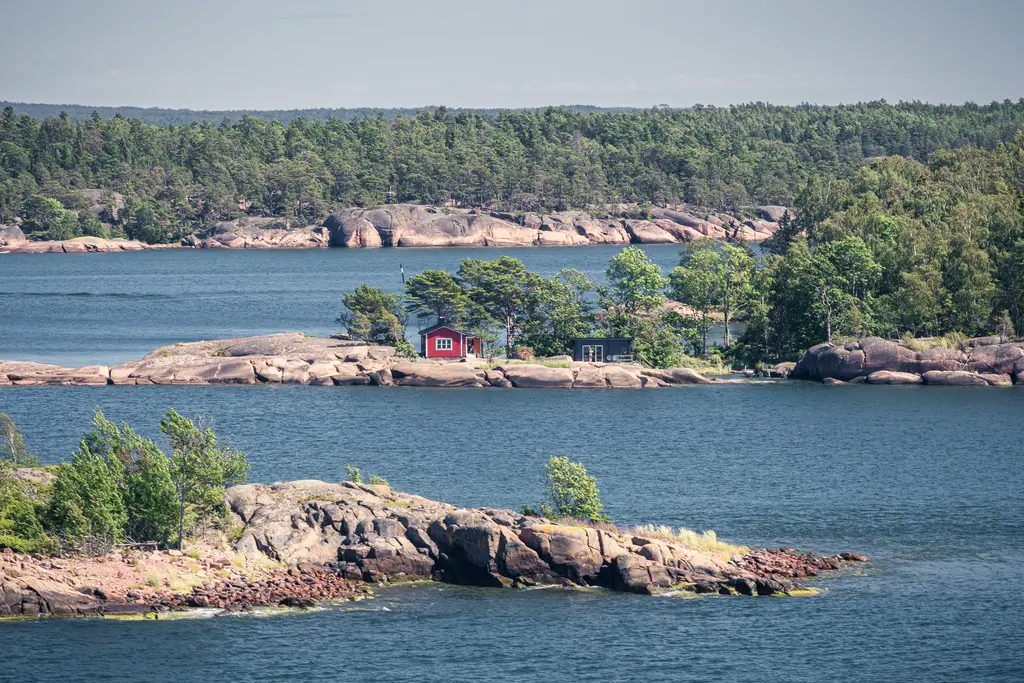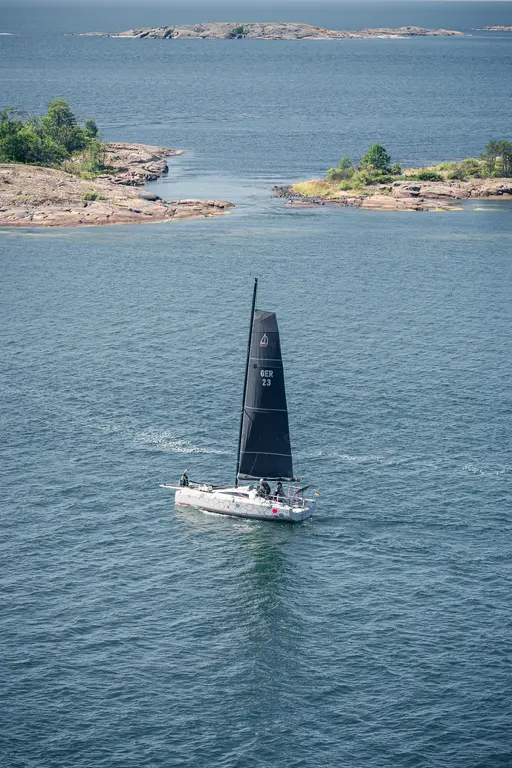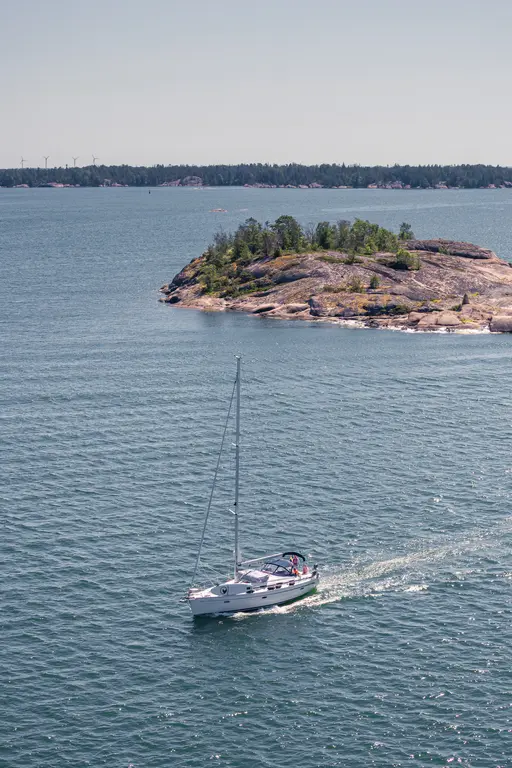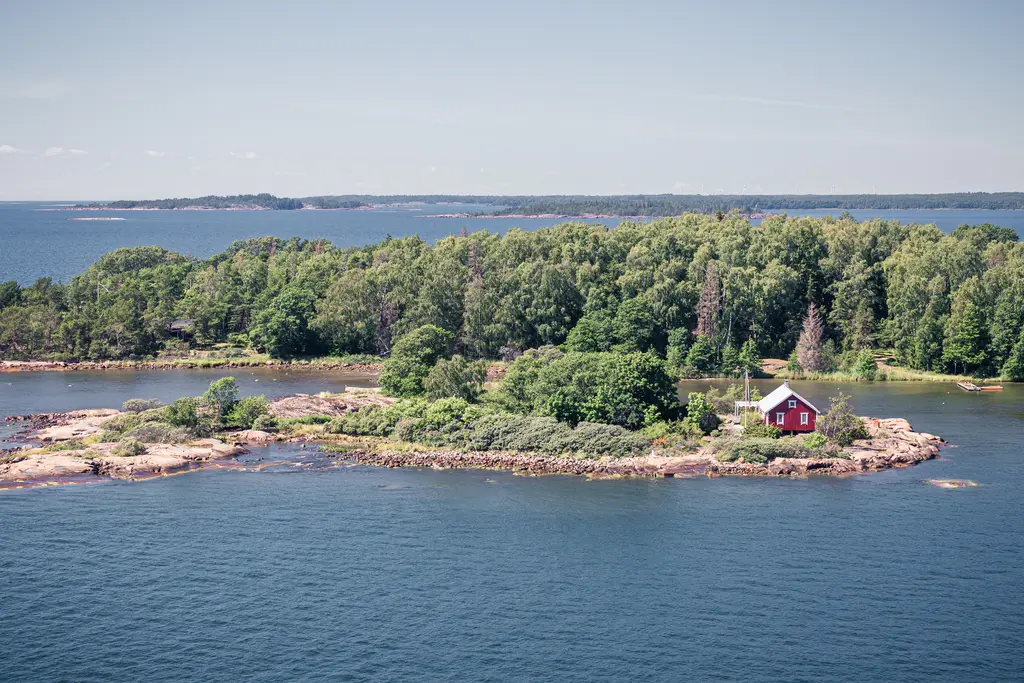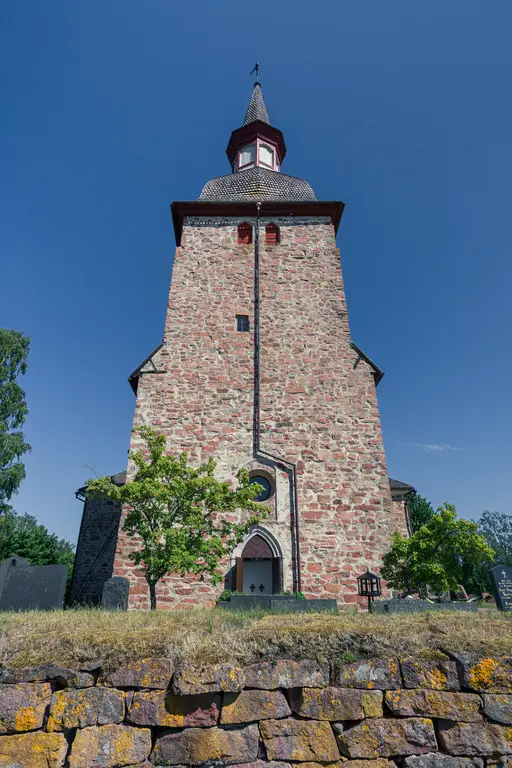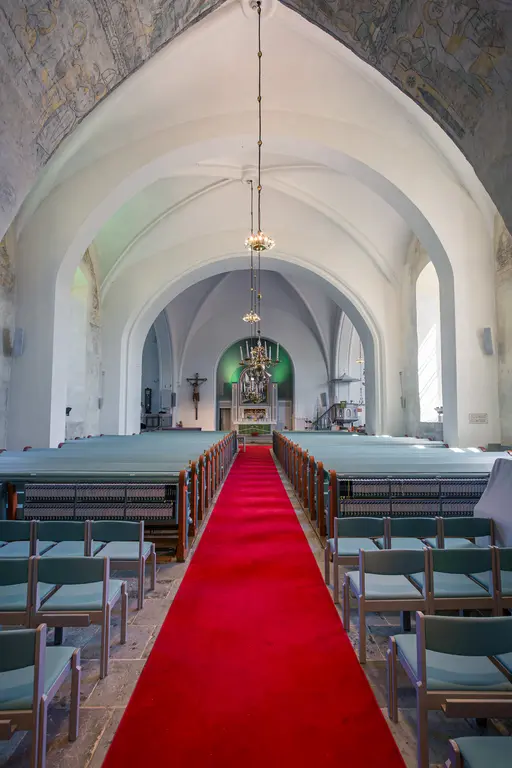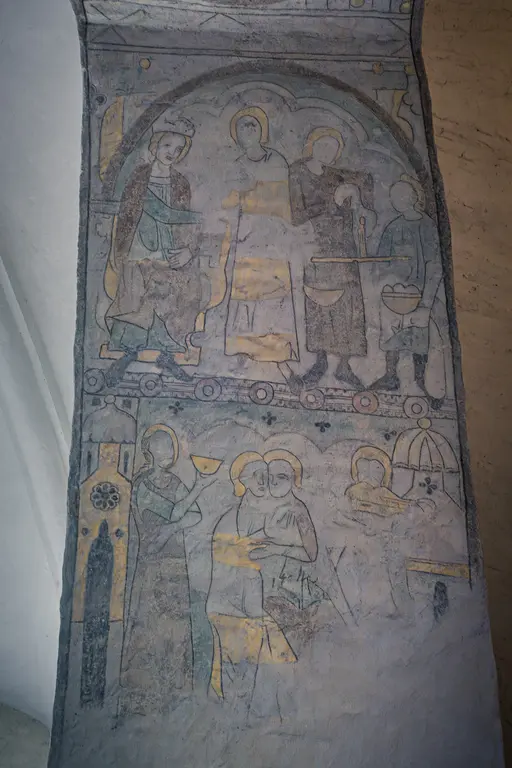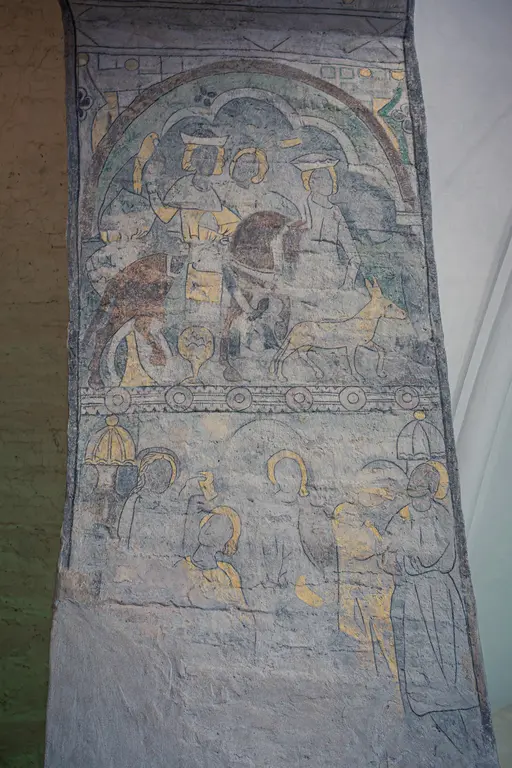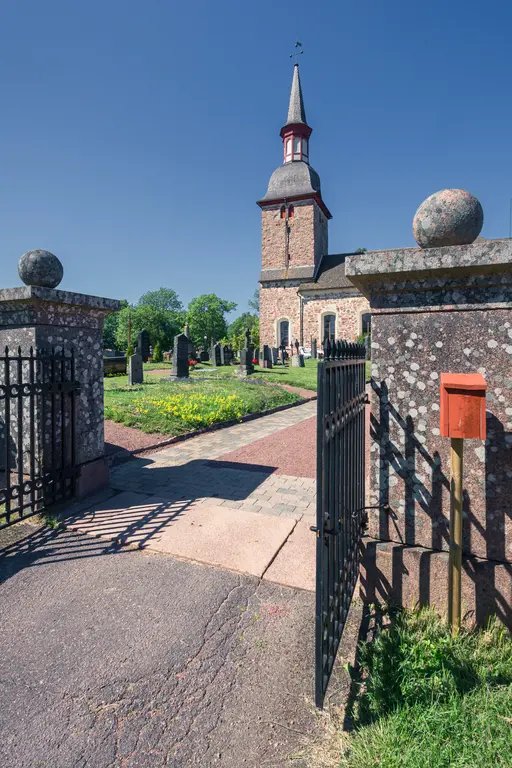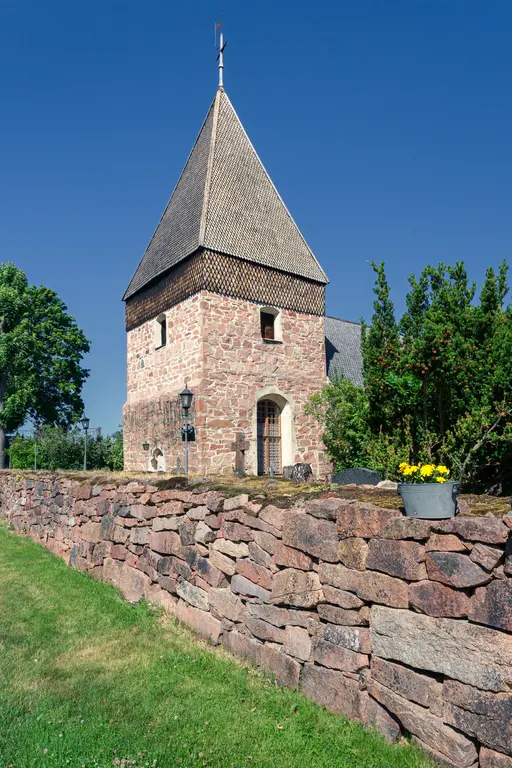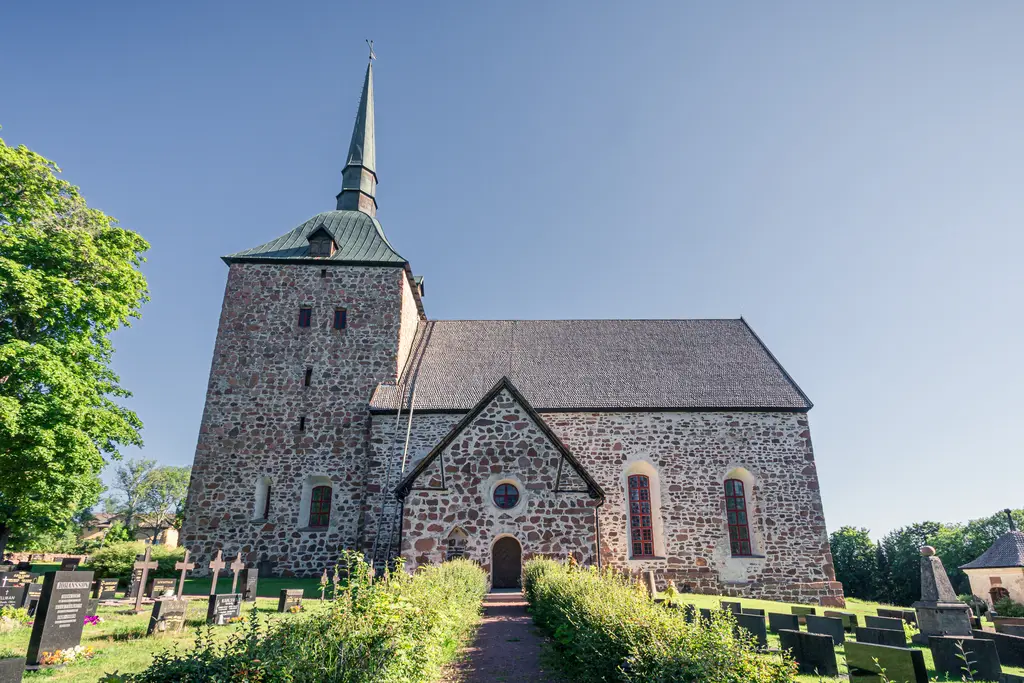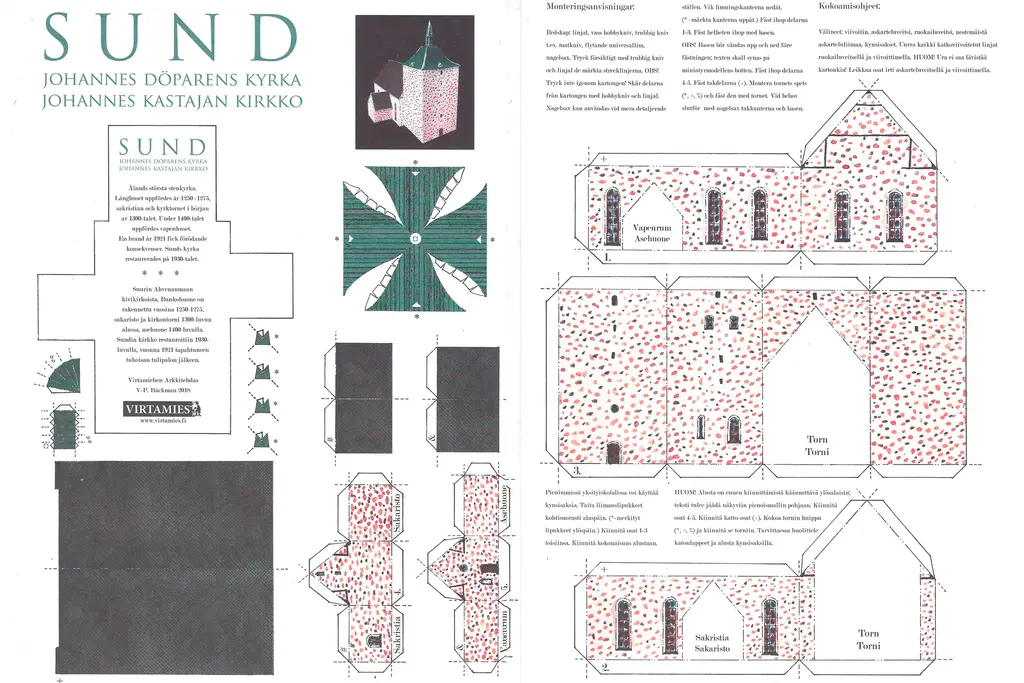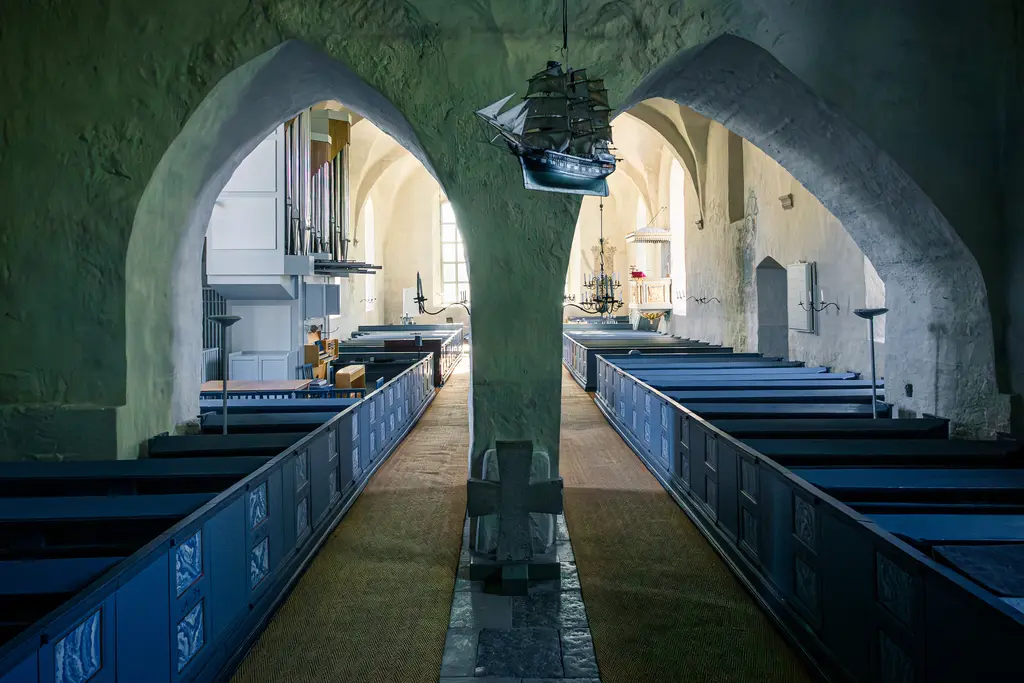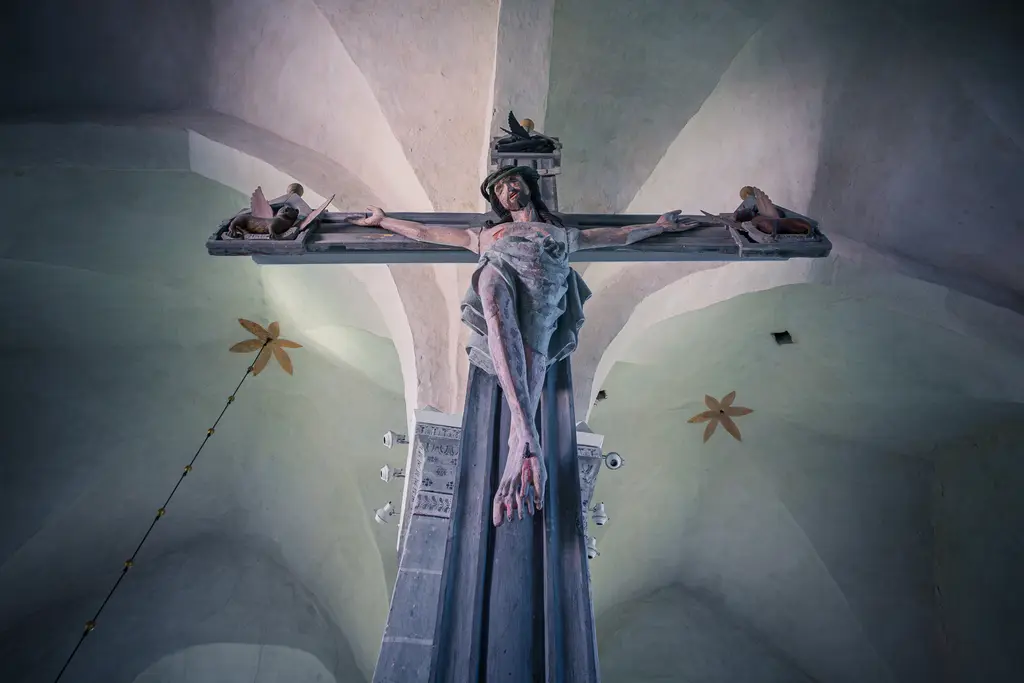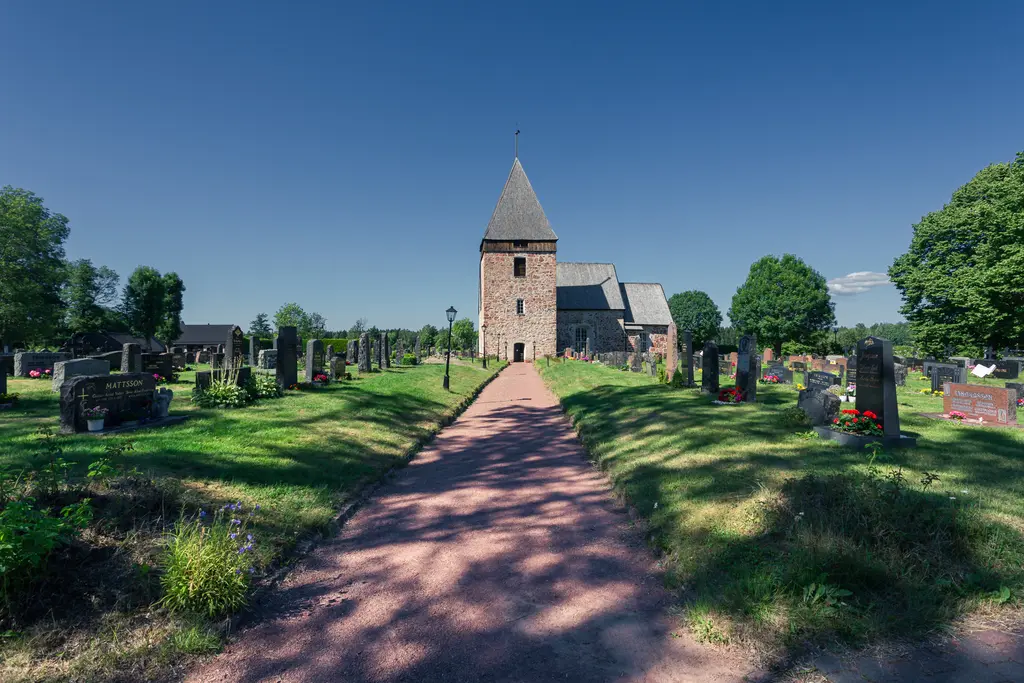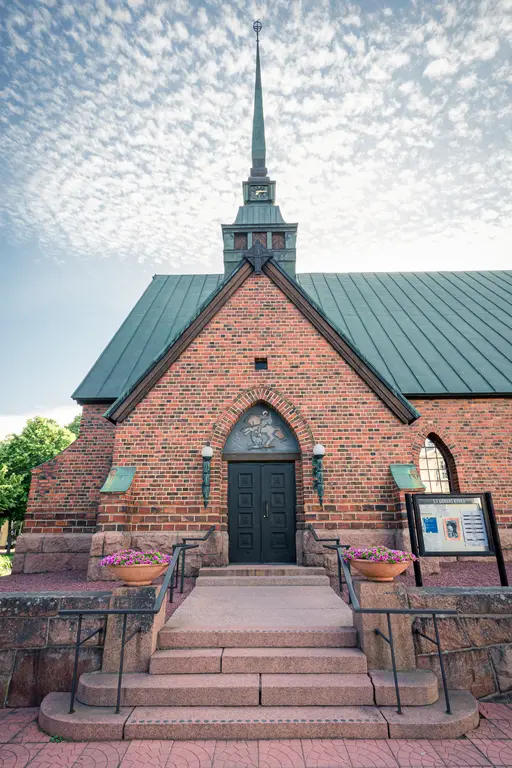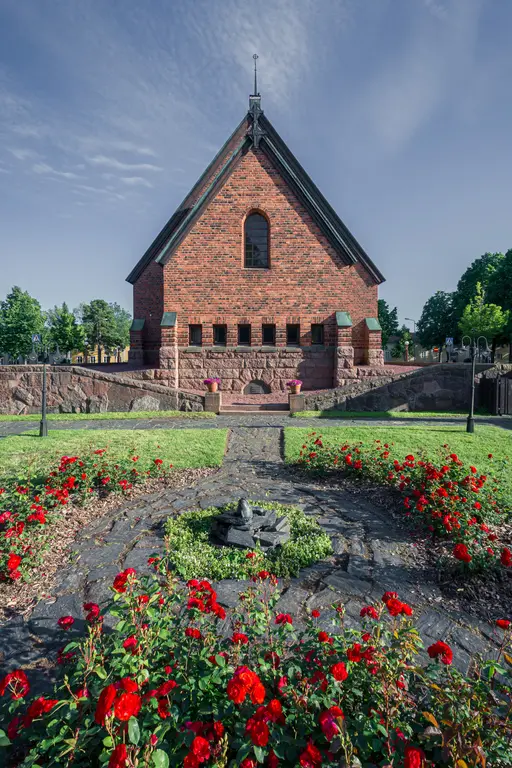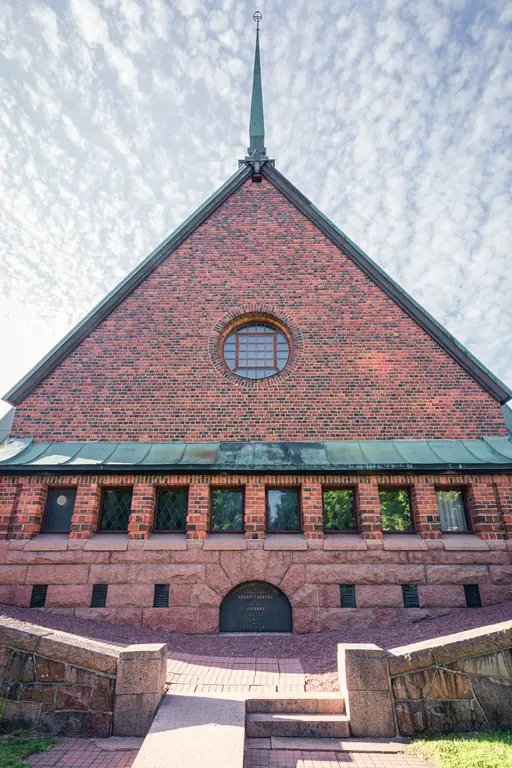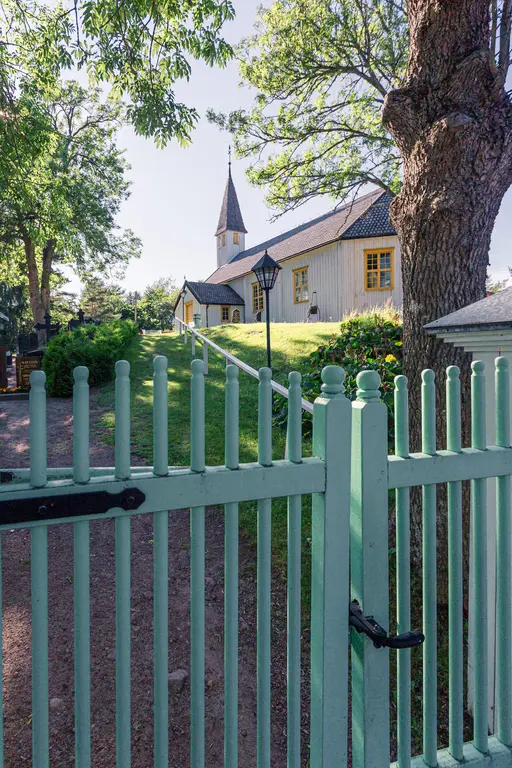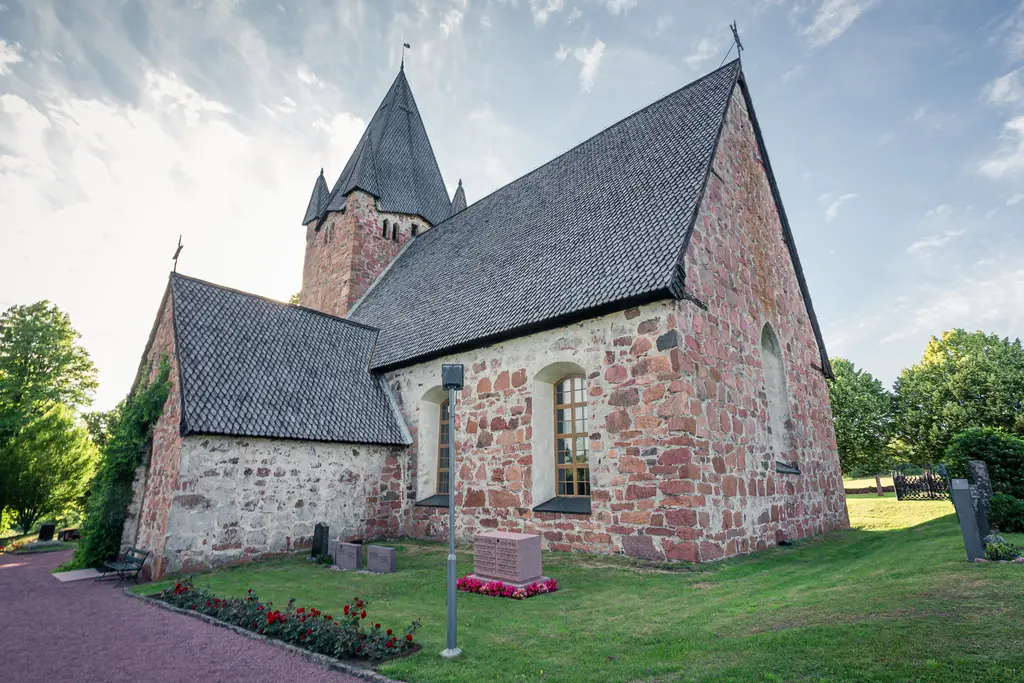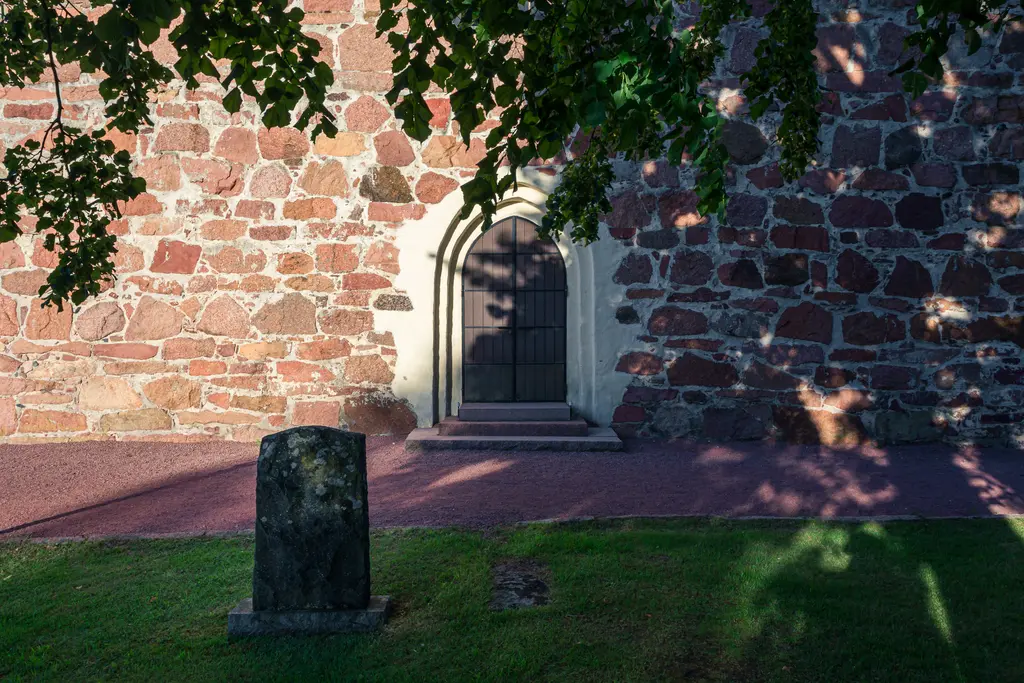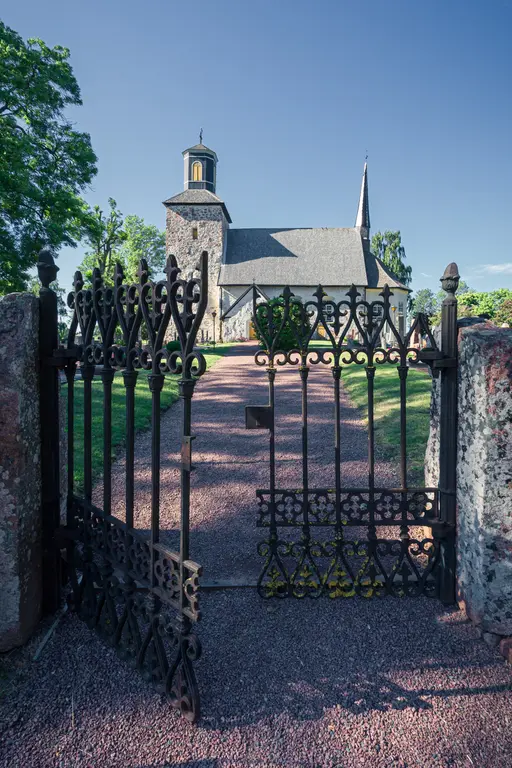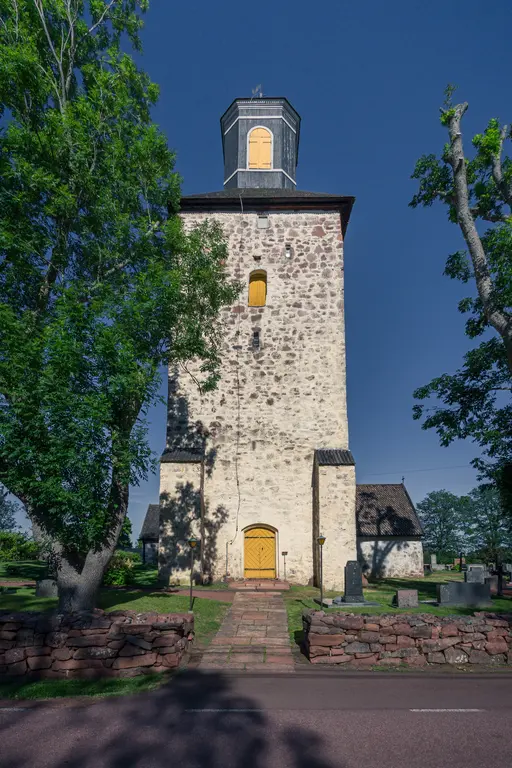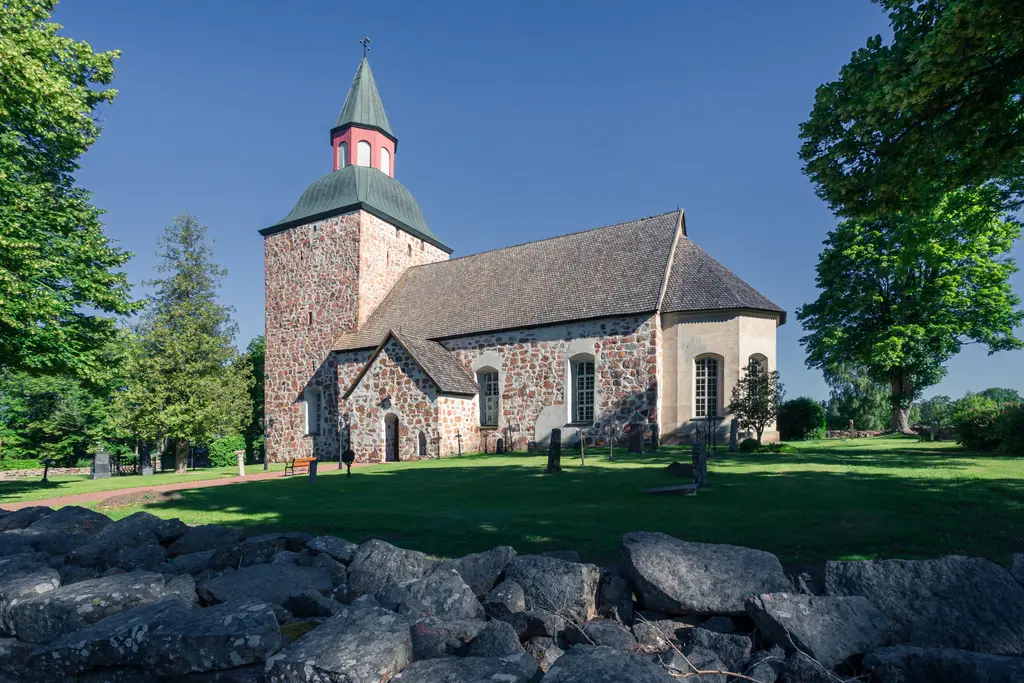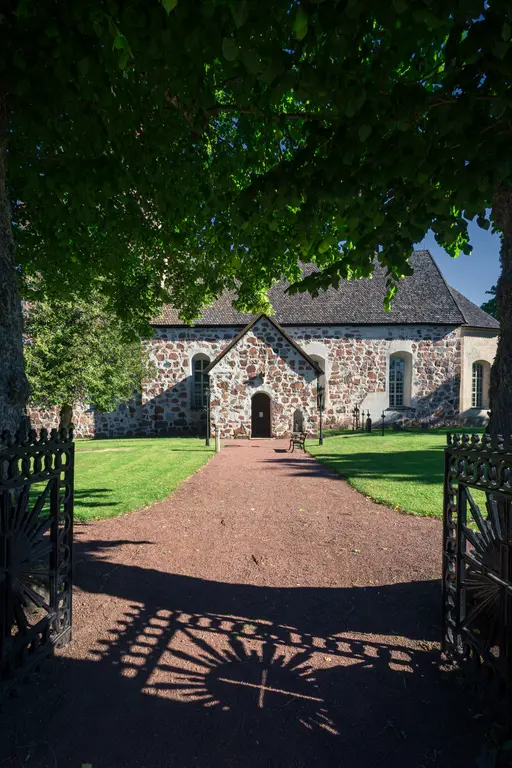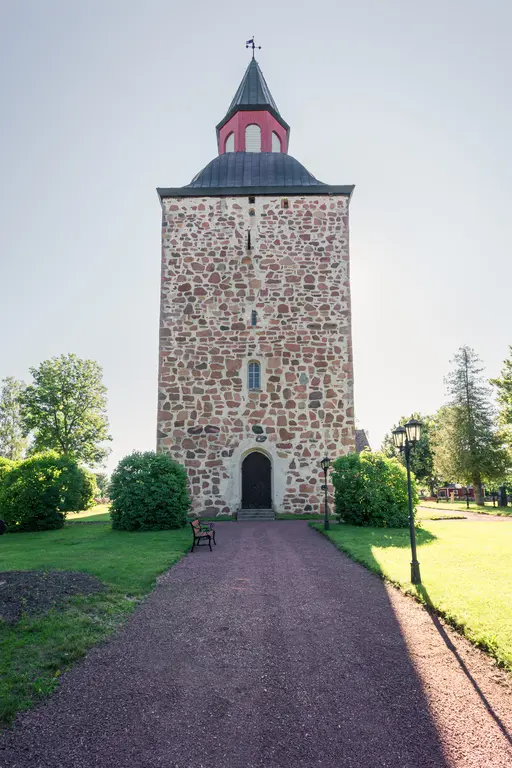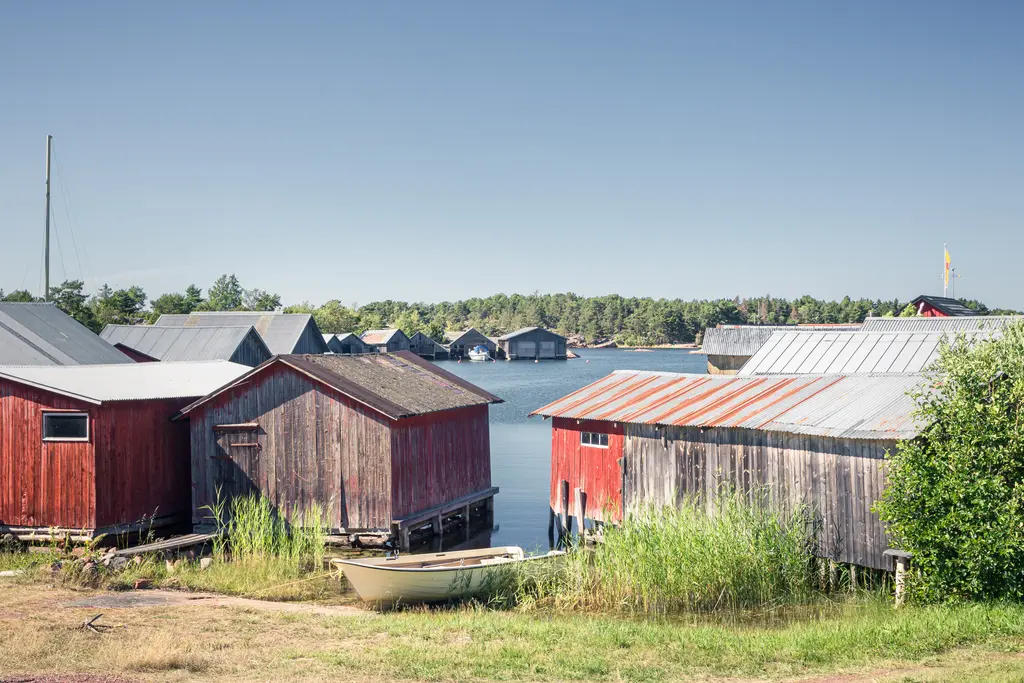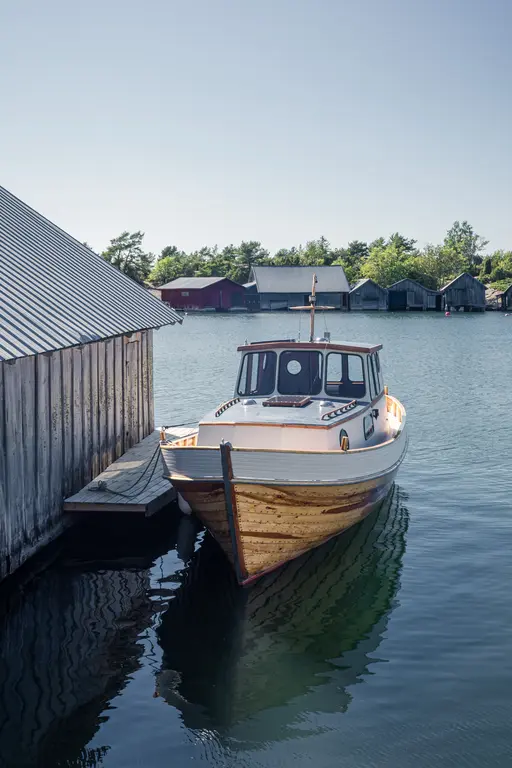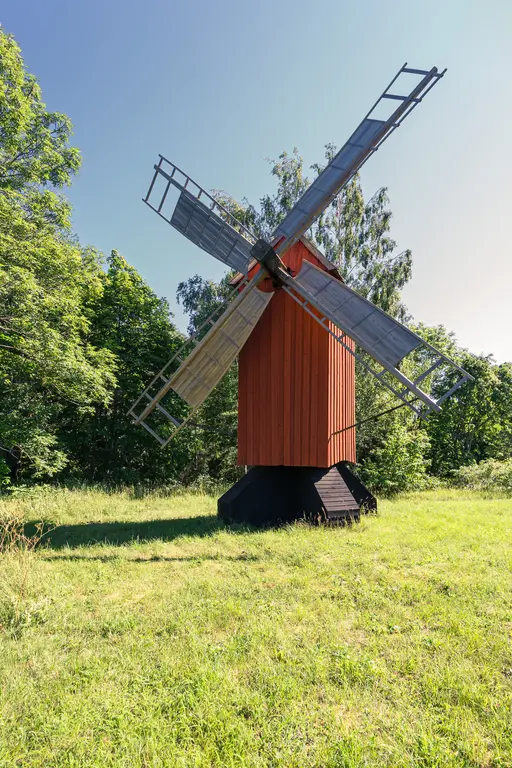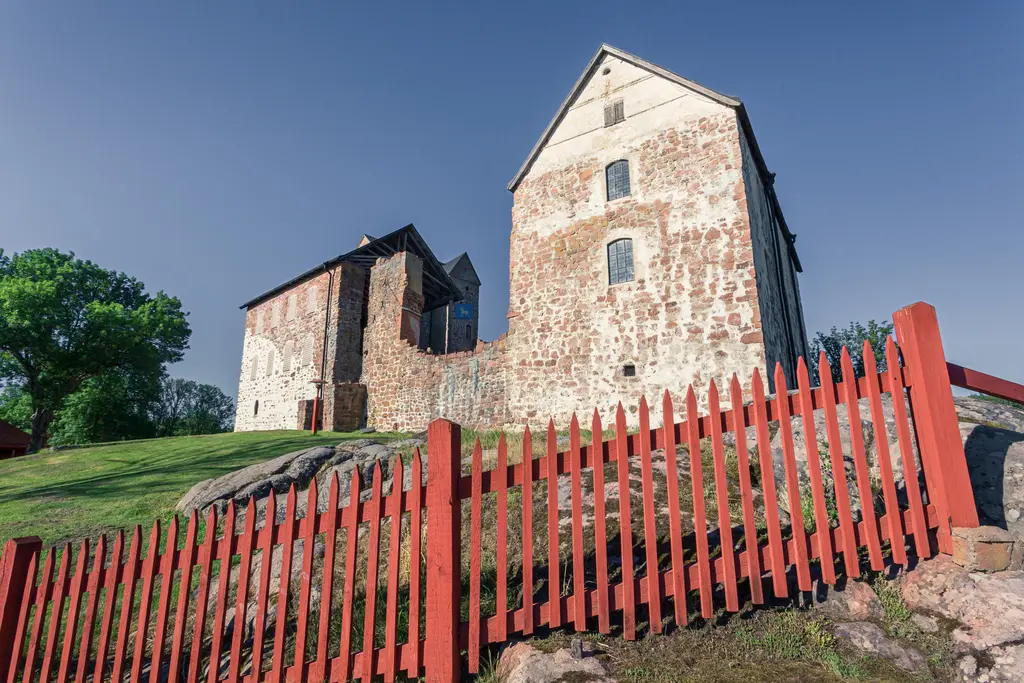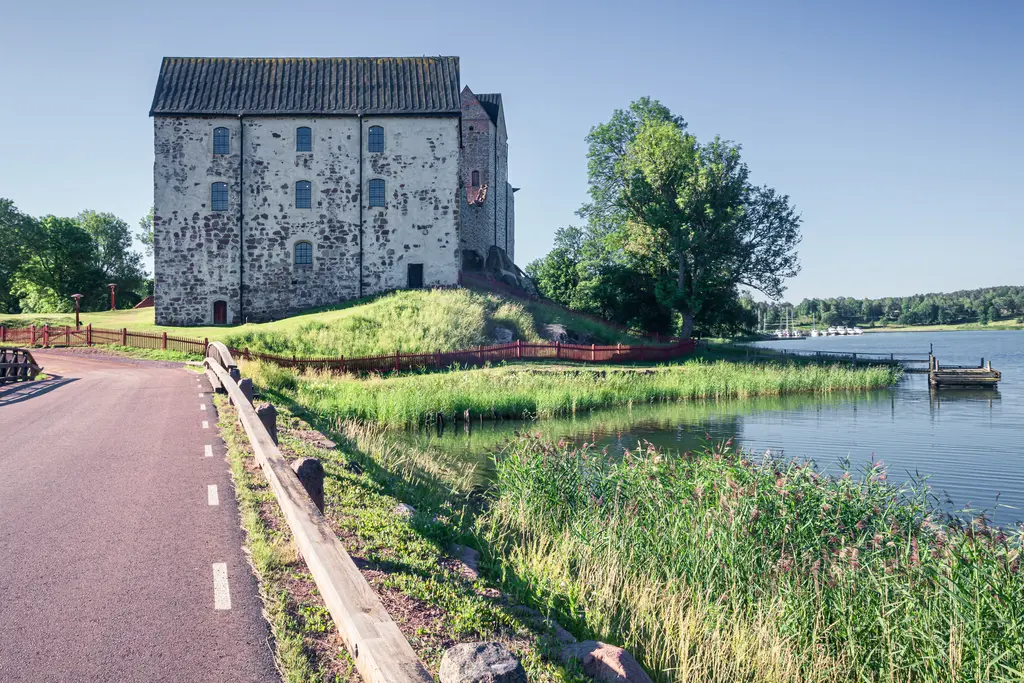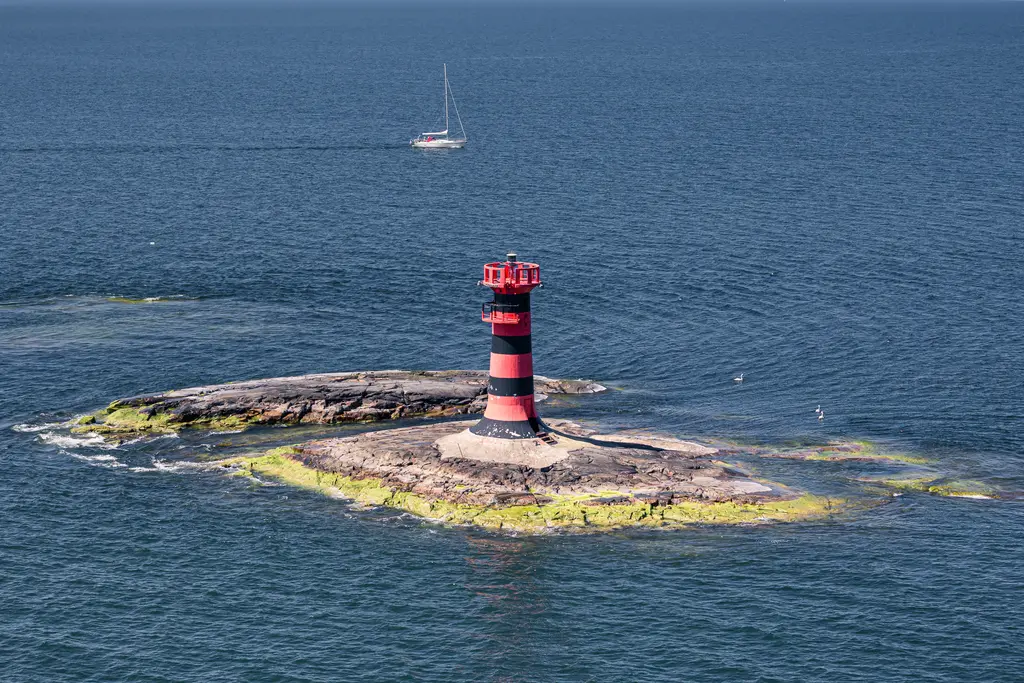Åland, Finland, July 2023
Åland, Finland, July 2023
Åland is an archipelago of more than 6,500 islands and skerries in the southern Baltic Sea. Only about 60 to 80 of these islands are permanently inhabited; the rest are rocky outcrops covered with pine trees, stones, and the occasional patch of grass. Ninety percent of the population lives on Fasta Åland, the main island group, made up of a couple of large neighboring islands connected by bridges.
Åland has a unique political status. It is an autonomous region of Finland with Swedish as its official language. As early as 1920, the League of Nations granted the islands extensive rights to protect their Swedish language and culture. Additionally, no military activity is permitted here in peacetime.
When I traveled to Åland, I had planned to take some classic island photos—rocks, water, perhaps a decorative seagull. Instead, I ended up photographing almost nothing but churches because on Åland they are everywhere. On every island, in every small village, there’s a church. Some stand in green fields, some by the water, some with graveyards, some without. In total, there are at least 16 churches on Åland, twelve of them from the Middle Ages—which, given the modest size of the land, is remarkable. A few date back to the thirteenth century, and almost all of them still seem to be in regular use.
Honestly, I’ve rarely seen so many old churches in such a short time—and I’ve been to Rome.

